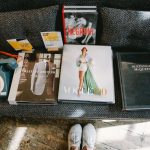Unfolding Fashion Journalism: From Rising to Scope
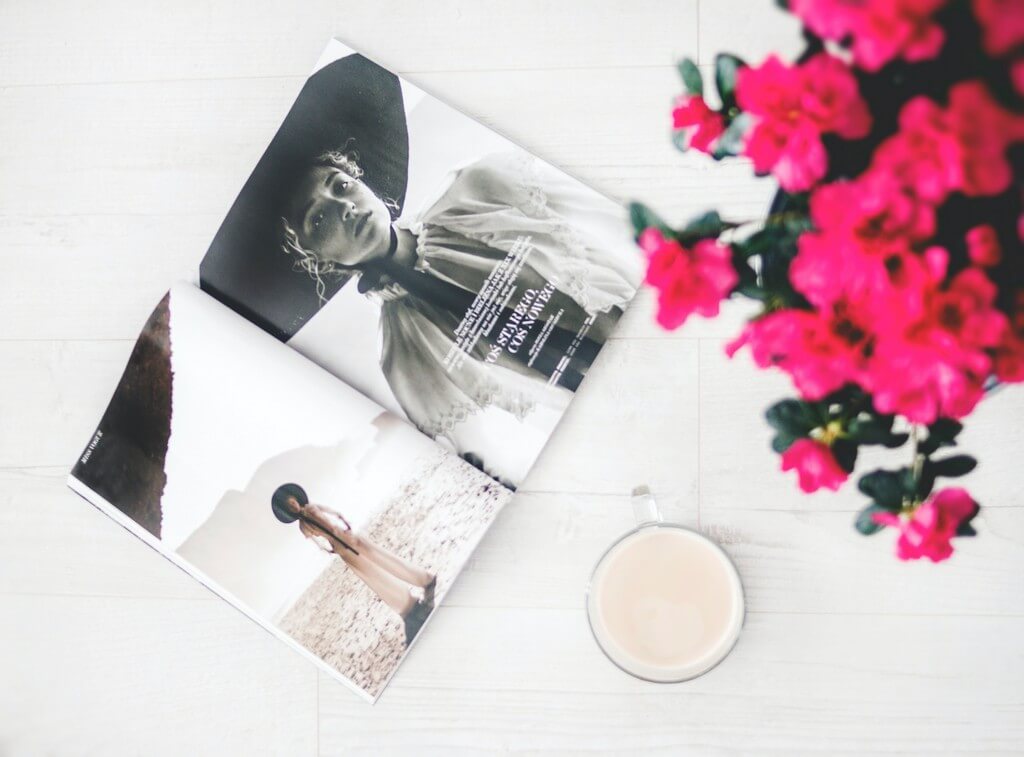
Fashion journalism is the voice of the fashion industry. This art is all about putting the latest style into words and creating content that engages the readers to understand the world of fashion holistically. This field is an artistic amalgamation of hard-line journalism and fashion which not only talks about the latest trends but also covers the technicalities of this field. From the birth of fashion writing in the 18th century to the revolutionary change in this field brought by the internet, fashion journalism has come a long way. Let’s analyze the development of this field from its inception to the current times and, understand the future opportunities of this career stream.
The Past
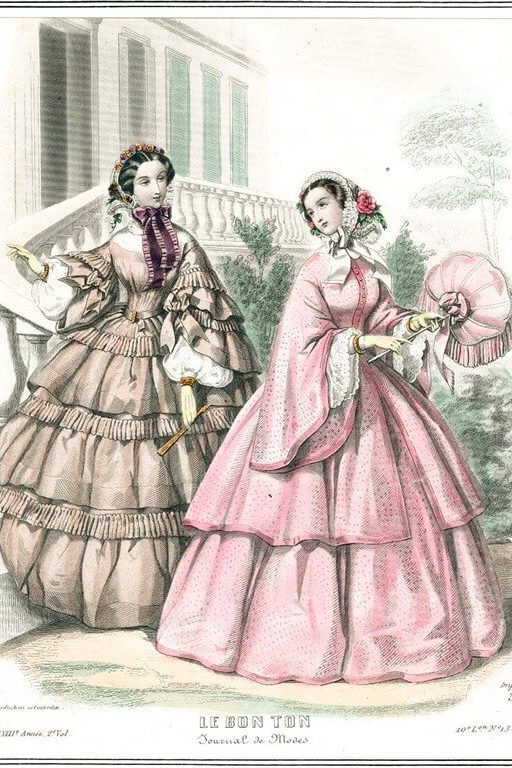
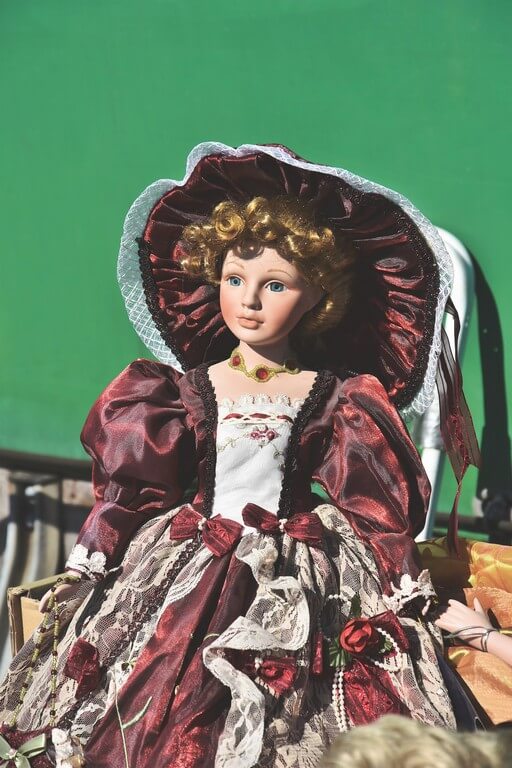
lk;l
The evolution of fashion is quite interesting. This art came to the surface finding its way through the revolutions and the different cultures that influenced what type of clothes people wore. The history of fashion journalism dates back to the 18th century, the time when fashion magazines started making their impression in the market. Earlier to this, dolls and fashion plates were the only forms of fashion communication. Rose Bertin, who is considered as the first celebrity fashion designer used to portray her styles by dressing dolls in latest fashion. Likewise, fashion plates were first circulated in the 18th century which become another form of fashion communication. A fashion plate is an illustration portraying a particular style. During those times, fashion plates mostly included the portraits of the royalty and the rich sketched wearing latest fashion. The Lady’s Magazine is one of the first distributors of fashion plates in 1770, followed by a French magazine named, La Galerie des Modes. In the U.S., the publishing of fashion plates began in 1830s. Few of the notable publications include Godey’s Lady’s Book, Graham’s Magazine, Peterson’s Magazine, etc.
Fashion plates and dolls were used as a mode of fashion communication until Jean Donneau de Vise, a French journalist and the founder of a French newspaper Le Mercure Galant (which later came to be known as a fashion journal) reported a fashion event. This journal wrote on the latest styles, celebrity fashion trends, and so on. This revolutionized the fashion industry and the art of writing on fashion came into existence. Later in 1867, Harper’s Bazaar made its debut in the industry. Followed by Harper’s Bazaar, the world saw other major brands entering the market such as Cosmopolitan, Vogue, Elle, and so on. These magazines became major fashion influencers in the world which talked about fashion extensively, not just limited to trends but detail-oriented content. Thus, this period saw a steep rise in this field and the career of a fashion journalist came into the spotlight.
The Present
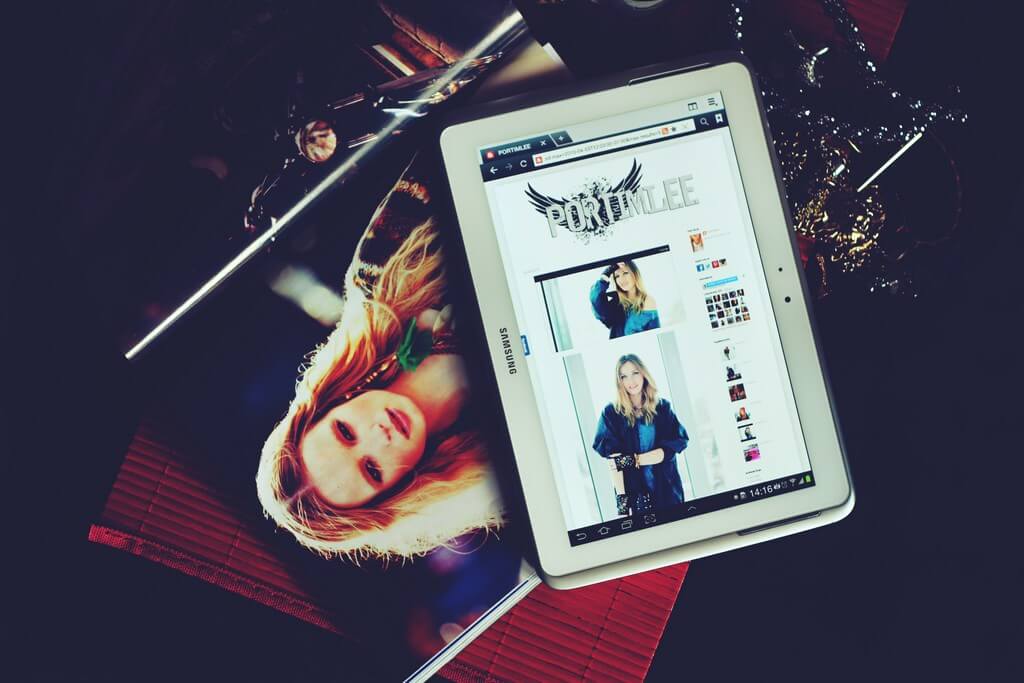
(Digital Magazine, source: freepik.com)
Today, the fashion industry is heavily dominated by technology. All the major publications such as Vogue, Elle, Cosmopolitan, Harper’s Bazaar, Verve, etc. have taken over the digital space. Many publications are going eco-friendly by publishing digital editions as opposed to print. Moreover, people today prefer to have a magazine at the ease of a click rather than carrying a physical copy around. Social media also plays a crucial role in how the publishing industry works in the current times. Marketing of the content is not only restricted to print but today fashion journalists have a wider spectrum to cover in context to writing. Fashion writers have to consider the presence of their publications on social media and devise their content strategy likewise. Thus, due to the rise of the internet, fashion journalism has become way more demanding and competitive than before.
The Scope
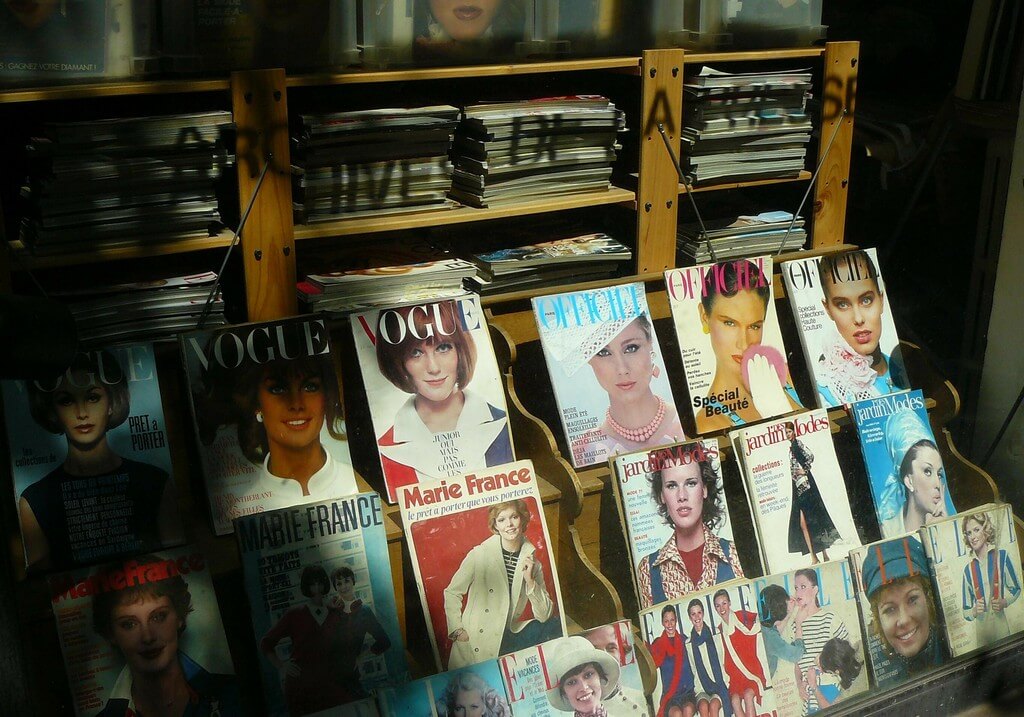
(Fashion Magazines, source: pixabay.com)
If you aspire to become a fashion journalist, then you need to specifically look for the following skills:
- Excellent communication skills. Fashion journalists have to work closely with the designers, the marketing and advertising team, event planners, etc. Having good networking skills will surely take you far in the field of fashion journalism.
- Great command over English. If you love this language and have a good command of grammar sprinkled with a passion for fashion, then the field is made for you.
As far as educational qualifications are concerned, a degree in journalism or fashion communication is required. Fashion communication is one of the most emerging and sought-after fields in the fashion industry that gives you a comprehensive knowledge about styling, photography, and communication. Understanding these three pillars of fashion communication will help you gain a thorough understanding to put the art into words. A PG Diploma in Fashion Communication or a MA in Fashion Communication can be a good option as fashion journalism master. These 2-year extensive fashion communication degree courses provide wholesome knowledge of this field covering its creative as well as technical side.
All in all, fashion journalism is a promising field and the industry needs good and innovative content to make any brand stand out from the rest. The fashion industry is not just limited to fashion designing, fashion journalism also plays a major role in capturing latest trends, talking to key industry people, unravelling the dynamic industry and bringing out news to a wider audience.
#jdinstitute #jdinstituteoffashiontechnologybangalore #newchapter #newnormal #riseagain #jdedge #diplomainfashioncommunication #fashioncommunication #mastersinfashioncommunication #fashioncommunicationcourseinbangalore #fashioncommunicationdegree #fashionjournalismcourse #learnfashionjournalism #fashionjournalist







